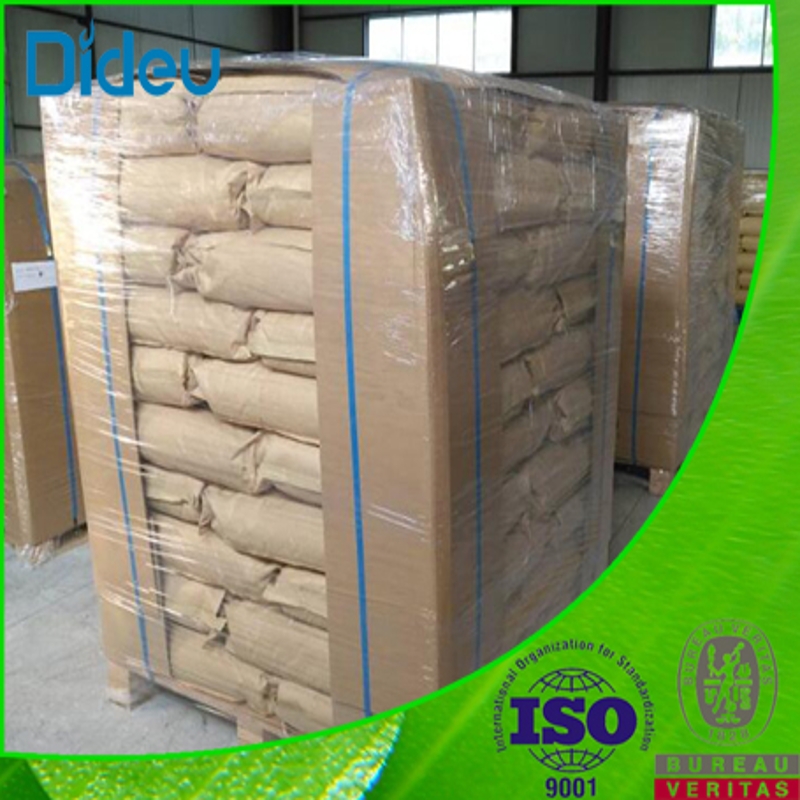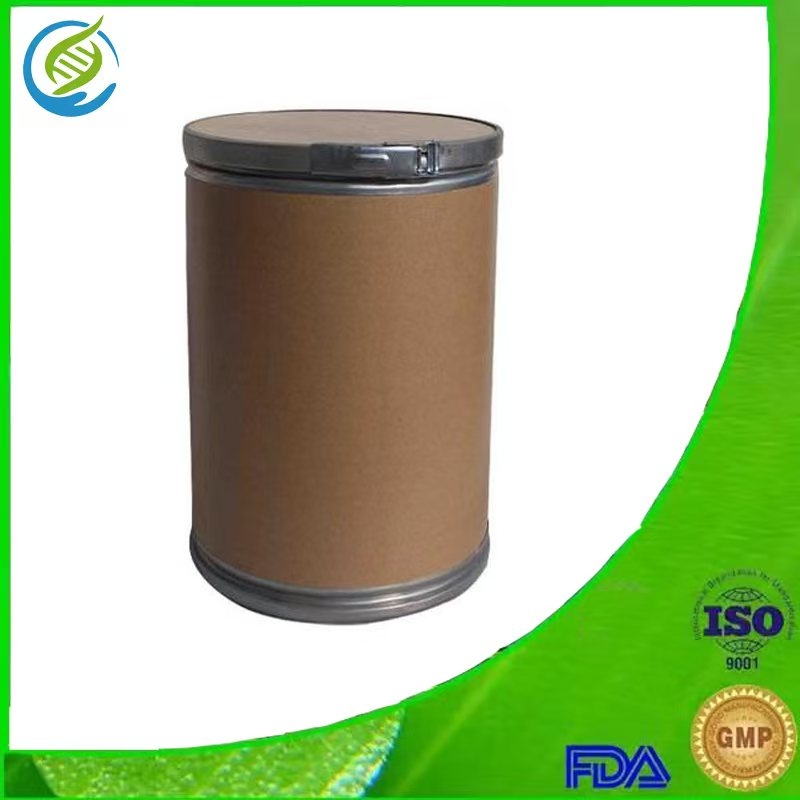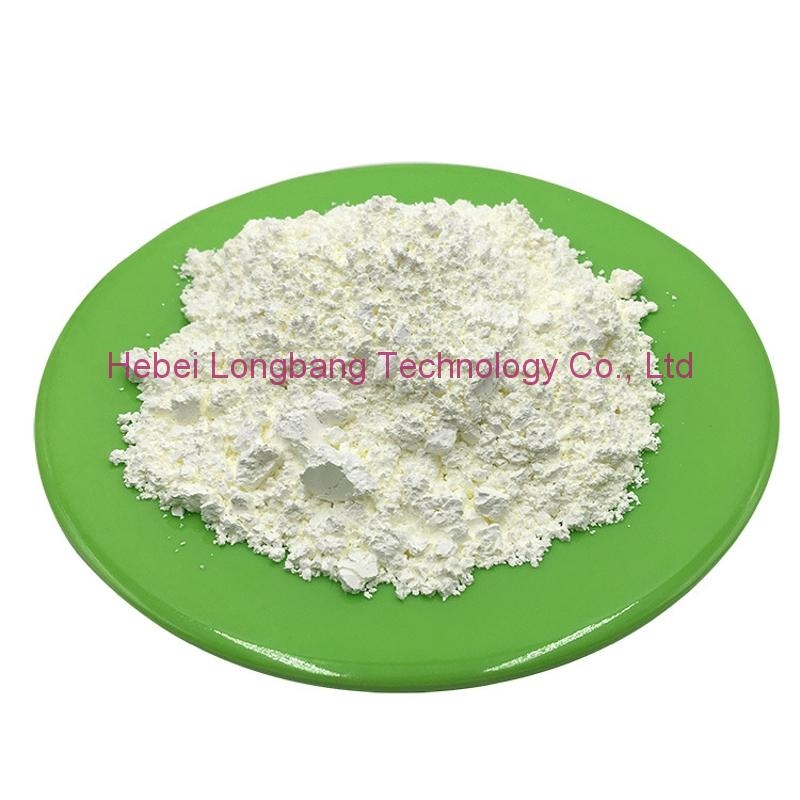-
Categories
-
Pharmaceutical Intermediates
-
Active Pharmaceutical Ingredients
-
Food Additives
- Industrial Coatings
- Agrochemicals
- Dyes and Pigments
- Surfactant
- Flavors and Fragrances
- Chemical Reagents
- Catalyst and Auxiliary
- Natural Products
- Inorganic Chemistry
-
Organic Chemistry
-
Biochemical Engineering
- Analytical Chemistry
-
Cosmetic Ingredient
- Water Treatment Chemical
-
Pharmaceutical Intermediates
Promotion
ECHEMI Mall
Wholesale
Weekly Price
Exhibition
News
-
Trade Service
For medical professionals only
Common diagnosis and treatment guidelines, easy to grasp!
Acute upper gastrointestinal bleeding is one of the common acute and critical diseases in the emergency department, with an annual incidence of 100/100,000~180,000/100,000 in adults [1], and a case fatality rate of 2%~15% [2].
It is common to encounter acute upper gastrointestinal bleeding in the night shift in clinical work, which greatly tests the mentality and professional ability
of the doctor on duty.
How to perform an effective emergency response and see what the guide says!
1.
Conventional measures
- Patients with high-risk acute upper gastrointestinal bleeding should be treated
urgently.
- Oxygen, monitoring, and establishment of intravenous access
.
- Absolutely bedridden, continuous monitoring of ECG, blood pressure, oxygen saturation
.
- OPEN AT LEAST TWO INTRAVENOUS ROUTES (MINIMUM 18 G) FOR SEVERE BLEEDING AND CENTRAL VENOUS CATHETERIZATION
IF NECESSARY.
- If consciousness is impaired or respiratory or circulatory failure, attention should be paid to airway protection, oxygen therapy or mechanical ventilation support if necessary, and indwelling catheters
.
- Careful placement of the gastric tube, especially in patients with cirrhosis, esophageal variceal bleeding (EGVB), or poor fit.
2.
Volume resuscitation ➤ 1.
Acute upper gastrointestinal bleeding with hemodynamically
unstable indications should be volume resuscitation
in time to restore and maintain perfusion of vital organs
.
➤ 2.
Strategy
- Restrictive fluid resuscitation and permissible hypotension are used when bleeding is uncontrolled, and systolic blood pressure is maintained at 80 to 90 mmHg
.
- Bleeding has been controlled and resuscitation is aggressively based
on basal blood pressure levels.
- Aggressive invasive hemodynamic monitoring in acute major bleeding to prevent hypothermia, acidosis, coagulopathy, and exacerbation
of underlying disease.
➤ 3.
Amount and type of liquid
- In hemorrhagic shock, reducing crystalloid infusion (less than 3 L in the first 6 hours), artificial colloids or hypertonic solutions are not significantly beneficial
.
- Adequate indicators of volume resuscitation: blood pressure returned to the baseline level before bleeding, pulse < 100 beats/min, urine output > 0.
5mL/(kg·h), clear consciousness, no significant dehydration, arterial blood lactate returned to normal
.
- Variceal bleeding and excessive fluids may worsen bleeding
.
What are the recommended medications for the treatment of acute upper gastrointestinal bleeding? What aspects of acute upper gastrointestinal bleeding should be monitored dynamically? What clinical signs and symptoms are prioritized for diagnosing a disease?
Open the decision assistant App clinical guideline module, dialogue major guidelines, domestic and foreign authoritative guidelines, decision-making assistant "clinical guidelines" module have 1 👇
.
Scan the QR code
below 2.
Download Clinical Decision Assistant App 3.
Open the Decision Assistant App
and click the icon
4.
Search for the guide you want to see
Download the app and learn a new guide every day!
Download the decision assistant App, the guide is free at any time ~References: [1] Expert consensus on the emergency diagnosis and treatment process of acute upper gastrointestinal bleeding (2020 version).
▼▼▼Click to read the original article to download the App







